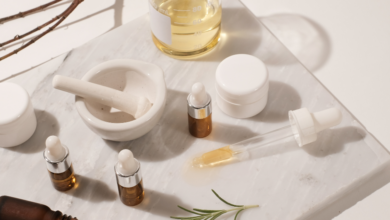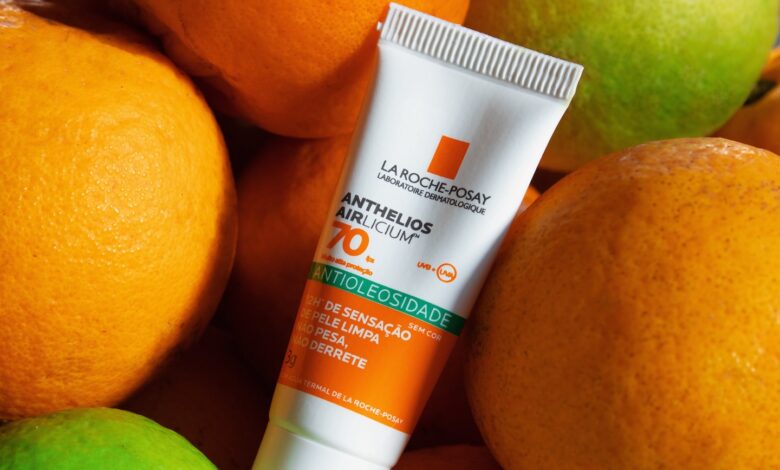
In this article, we will explore the topic of mineral sunscreens and their significance in protecting your skin from harmful UV rays. Stylish.ae brings you all the essential information you need to know about these sunscreens, delving into their ingredients and benefits. By the end of this article, you will have a comprehensive understanding of mineral sunscreens and how they can contribute to your overall skincare routine. Stay tuned for a wealth of valuable insights on this topic with Stylish.ae.
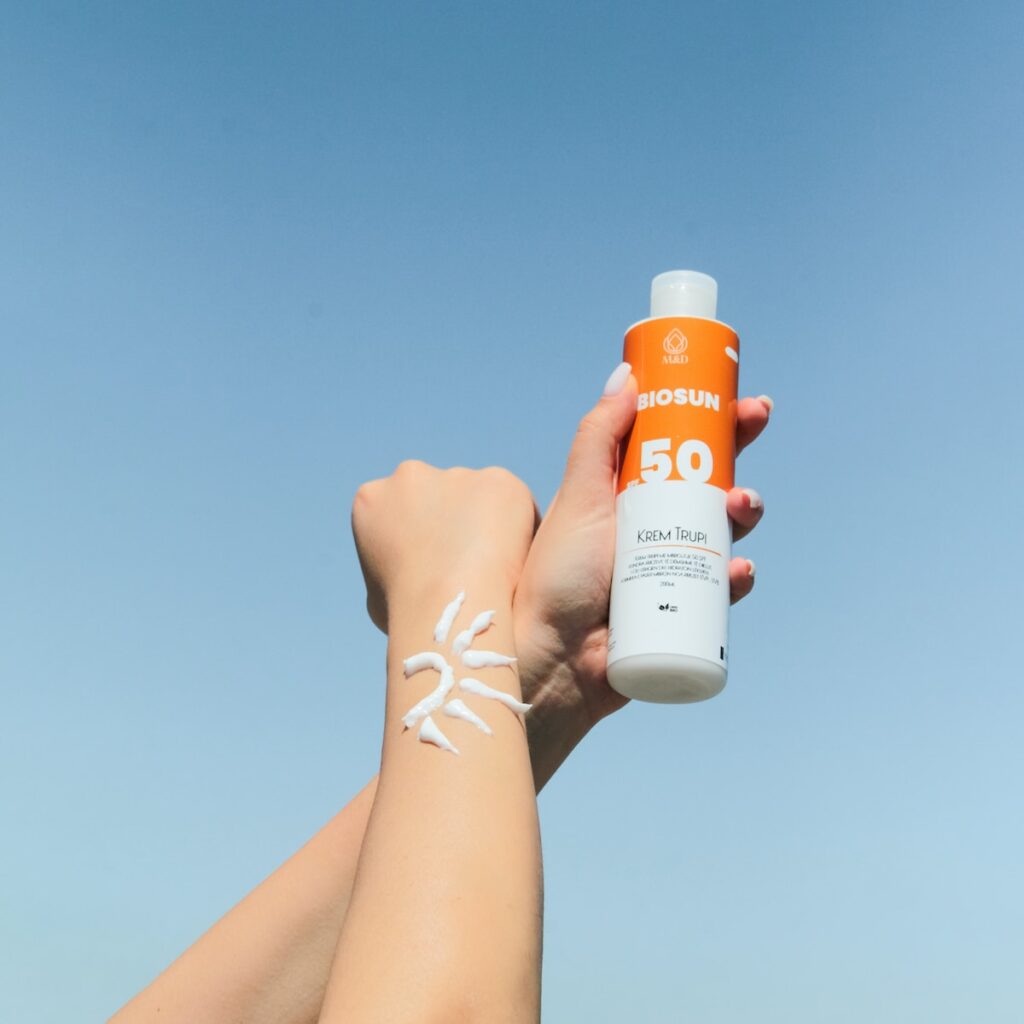
What are Mineral Sunscreens?
Definition of Mineral Sunscreens
Mineral sunscreens, also known as physical sunscreens, are a type of sunscreen that use mineral-based ingredients to provide protection against the sun’s harmful UV rays. Unlike chemical sunscreens, which work by absorbing the sun’s rays, mineral sunscreens act as a physical barrier on the skin’s surface, reflecting and scattering the UV radiation away from the skin.
How do Mineral Sunscreens Work?
Mineral sunscreens work by utilizing two key ingredients: zinc oxide and titanium dioxide. These minerals are naturally occurring substances that have the ability to create a protective shield on the skin. When applied, the minerals form a thin layer that sits on top of the skin and reflects the UV rays away, preventing them from penetrating deeper into the skin.
Advantages of Using Mineral Sunscreens
There are several advantages to using mineral sunscreens. Firstly, they provide broad-spectrum protection, meaning they effectively shield the skin from both UVA and UVB rays. Secondly, mineral sunscreens are less likely to cause skin irritation or allergic reactions, making them suitable for those with sensitive skin. Additionally, mineral sunscreens offer immediate protection upon application as they do not require any activation time.
Disadvantages of Using Mineral Sunscreens
While mineral sunscreens have numerous benefits, there are also a few disadvantages to consider. One drawback is that mineral sunscreens can leave a white cast on the skin, especially if applied in large amounts. This can be a concern for those with darker skin tones. Additionally, mineral sunscreens tend to have a thicker consistency and can feel heavier on the skin compared to chemical sunscreens. Lastly, mineral sunscreens may not be as water-resistant as their chemical counterparts, requiring more frequent reapplication when participating in water-related activities.

Different Types of Mineral Sunscreens
Zinc Oxide Sunscreens
Zinc oxide sunscreens are one of the most widely used types of mineral sunscreens. Zinc oxide is highly effective at blocking both UVA and UVB rays and is known for its soothing and non-irritating properties. It is often recommended for individuals with sensitive or acne-prone skin. Zinc oxide sunscreens come in various forms, including creams, lotions, and sprays, allowing for easy application.
Titanium Dioxide Sunscreens
Titanium dioxide sunscreens are another common type of mineral sunscreen. Like zinc oxide, titanium dioxide provides excellent broad-spectrum protection against UVA and UVB rays. It is often preferred for its lightweight texture and ability to blend seamlessly into the skin. Titanium dioxide sunscreens are available in different formulations, such as powders and tinted moisturizers, catering to different preferences and skin types.
Combination Mineral Sunscreens
Combination mineral sunscreens are products that contain a mix of zinc oxide and titanium dioxide. These sunscreens combine the advantages of both minerals, providing enhanced sun protection while minimizing the potential drawbacks of using a single mineral sunscreen. Combination mineral sunscreens often come in various formulations and are suitable for a wide range of skin types.
Choosing the Right Mineral Sunscreen
Understanding SPF Ratings
When selecting a mineral sunscreen, it is important to understand SPF (Sun Protection Factor) ratings. SPF indicates the level of protection a sunscreen offers against UVB rays, which are responsible for sunburns. The higher the SPF number, the greater the level of protection. It is generally recommended to choose a sunscreen with an SPF of 30 or higher to ensure adequate sun protection.
Considering Texture and Application
Mineral sunscreens are available in various textures, including creams, lotions, gels, and sprays. The choice of texture depends on personal preference and skin type. Creams and lotions are suitable for drier skin types, while gels and sprays are often preferred for oily or acne-prone skin. It is essential to choose a sunscreen with a texture that feels comfortable and suits your individual needs.
Checking for Additional Ingredients
When selecting a mineral sunscreen, it is advisable to check for any additional ingredients that may complement or benefit your skin. Some mineral sunscreens contain moisturizing agents, antioxidants, or anti-aging ingredients, providing added skincare benefits. However, it is crucial to ensure that these ingredients are compatible with your skin type and do not cause any adverse reactions.
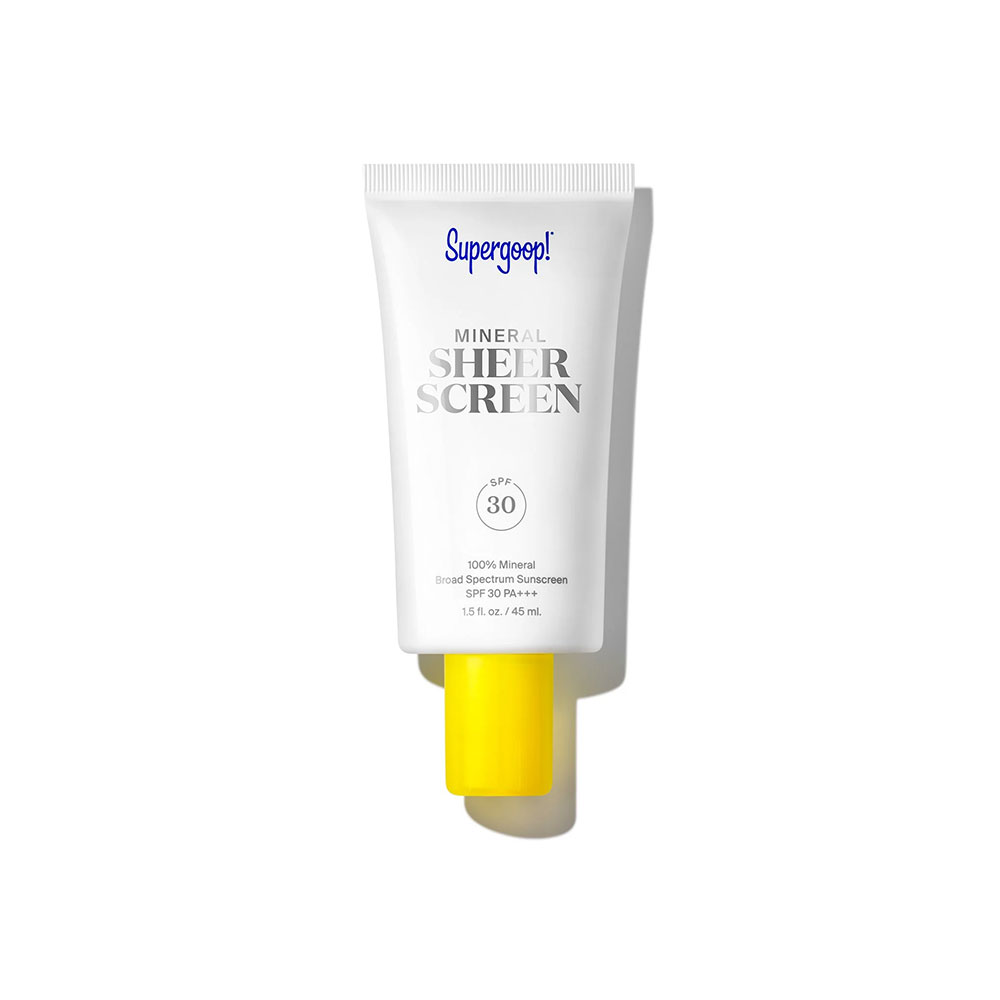
Application and Usage Tips
Applying Mineral Sunscreen
To ensure proper protection, it is important to apply mineral sunscreen correctly. Start by cleansing and moisturizing your skin before applying the sunscreen. Take a sufficient amount of sunscreen and apply it evenly all over the exposed areas of your body. Pay extra attention to areas that are more prone to sun damage, such as the face, neck, ears, and hands. Gently massage the sunscreen into the skin until it is fully absorbed.
Reapplication Guidelines
To maintain effective sun protection, it is necessary to reapply mineral sunscreen throughout the day. As a general rule, sunscreen should be reapplied every two hours or immediately after swimming or sweating heavily. Be mindful of the amount of sunscreen applied during each reapplication to ensure adequate coverage and protection.
Tips for Effective Protection
In addition to regular application and reapplication, there are a few tips that can help maximize the effectiveness of mineral sunscreens. Seek shade during peak sunlight hours, typically between 10 am and 4 pm, when the sun’s rays are the strongest. Wear protective clothing, such as hats, sunglasses, and long-sleeved shirts, to further shield your skin from the sun. Lastly, remember that sunscreen is just one part of sun protection, and it is essential to adopt other sun-safe practices, such as seeking shade and avoiding prolonged sun exposure.
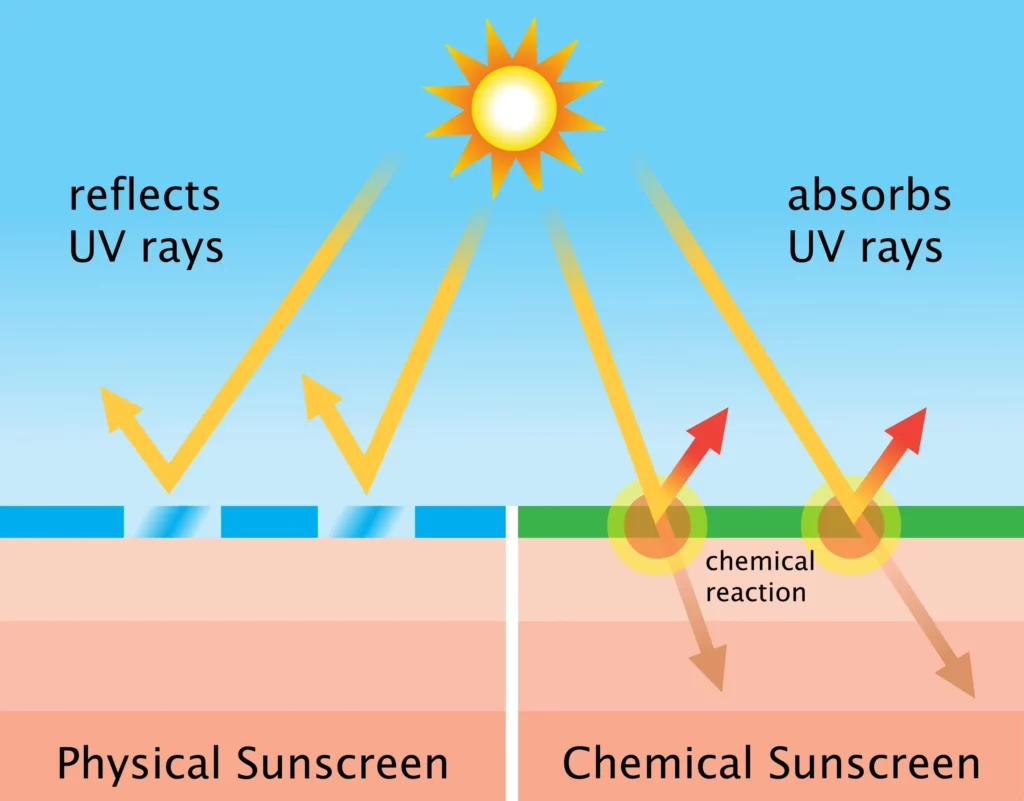
Common Myths About Mineral Sunscreens
Mineral Sunscreens Leave a White Cast
One common misconception about mineral sunscreens is that they leave a white cast on the skin. While this may be true for some older formulations, advancements in technology have led to newer mineral sunscreens that blend seamlessly into the skin, minimizing any white residue. By selecting a mineral sunscreen with a lighter texture and proper application techniques, the white cast effect can be significantly reduced.
Mineral Sunscreens are not Water Resistant
Another myth surrounding mineral sunscreens is that they are not water-resistant. While it is true that mineral sunscreens may not be as water-resistant as chemical sunscreens, there are options available that provide adequate water resistance. Look for mineral sunscreens labeled as “water-resistant” and follow the reapplication guidelines to ensure continuous protection, especially when engaging in water-related activities.
Mineral Sunscreens are Ineffective at Blocking UVA Rays
Contrary to popular belief, mineral sunscreens are highly effective at blocking UVA rays, which are responsible for premature aging and skin damage. Both zinc oxide and titanium dioxide have the ability to provide broad-spectrum protection against UVA and UVB rays. When used correctly and reapplied as recommended, mineral sunscreens offer excellent defense against UVA radiation.
The Benefits of Mineral Sunscreens for Different Skin Types
Mineral Sunscreens for Sensitive Skin
Mineral sunscreens are an excellent choice for individuals with sensitive skin. The physical barrier created by mineral sunscreens reduces the risk of skin irritation and allergic reactions commonly associated with chemical sunscreens. Zinc oxide, in particular, has soothing and anti-inflammatory properties, making it gentle and well-tolerated by sensitive skin.
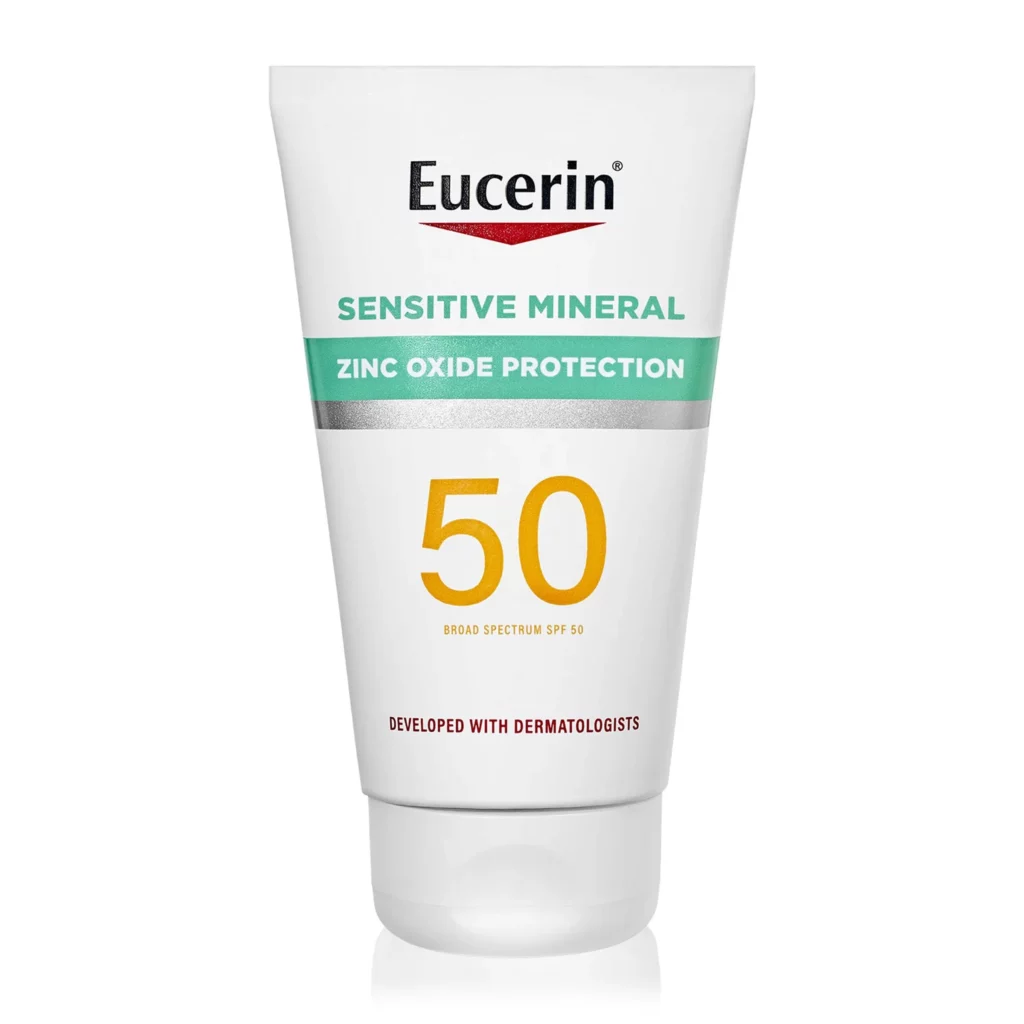
Mineral Sunscreens for Acne-Prone Skin
Acne-prone skin can often be sensitive, making mineral sunscreens a suitable option. Mineral sunscreens are non-comedogenic, meaning they do not clog pores or contribute to acne breakouts. In fact, zinc oxide, found in many mineral sunscreens, has anti-inflammatory properties that can help calm existing blemishes and reduce redness associated with acne.
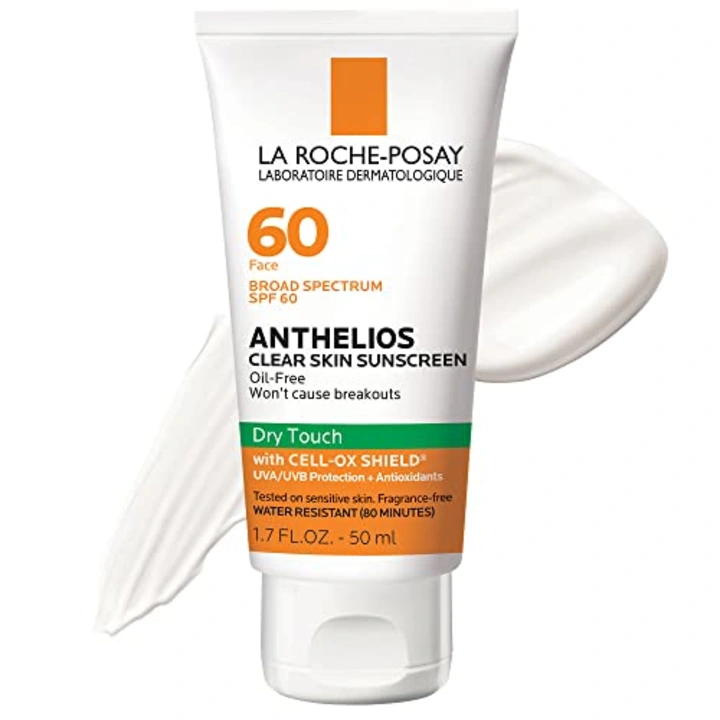
Mineral Sunscreens for Dry Skin
Dry skin can benefit from the moisturizing properties of mineral sunscreens. These sunscreens often contain additional hydrating ingredients, such as natural oils or humectants, which help to lock in moisture and prevent further drying of the skin. Mineral sunscreens provide a protective barrier that helps retain the skin’s natural moisture and prevent dehydration.
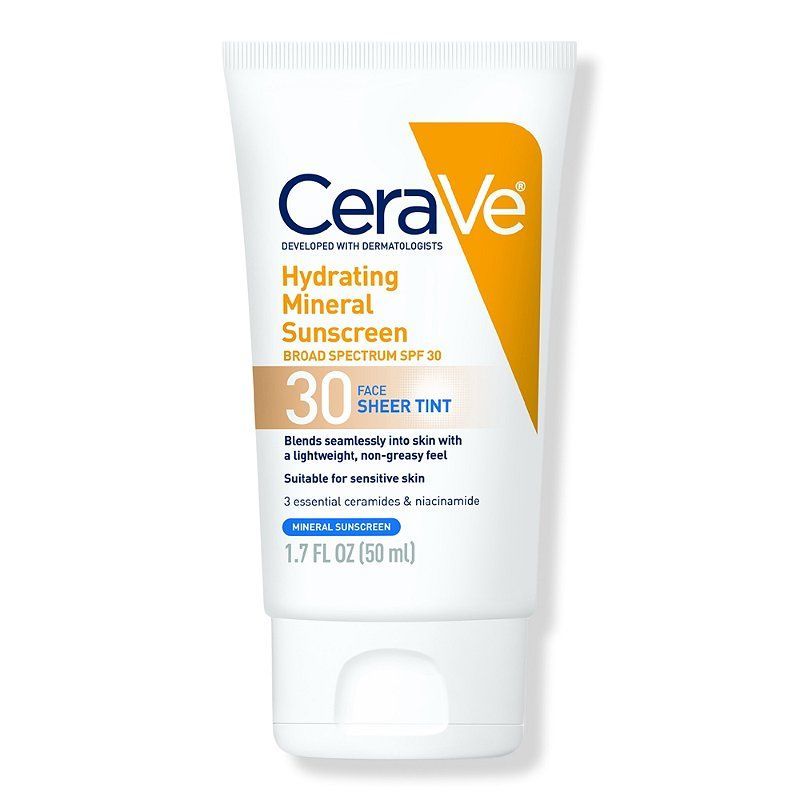
Mineral Sunscreens for Oily Skin
Mineral sunscreens are often preferred by individuals with oily or combination skin due to their lightweight and non-greasy formulas. Many mineral sunscreens have a matte finish, which can help control excess oil production and reduce shine throughout the day. Additionally, mineral sunscreens are less likely to cause congestion or clog pores, making them suitable for those with oily skin.

Comparing Mineral Sunscreens with Chemical Sunscreens
Differences in Ingredients
The primary difference between mineral sunscreens and chemical sunscreens lies in their active ingredients. Mineral sunscreens use physical blockers, such as zinc oxide and titanium dioxide, which form a protective barrier on the skin. Chemical sunscreens, on the other hand, contain ingredients such as avobenzone and octinoxate, which work by absorbing and transforming UV rays into heat.
Differences in Sun Protection
Both mineral and chemical sunscreens provide effective sun protection, but there are slight differences in the way they achieve this. Mineral sunscreens offer broad-spectrum protection against both UVA and UVB rays, without the need for additional chemical filters. Chemical sunscreens, on the other hand, require a combination of ingredients to provide broad-spectrum protection. However, it is important to note that the effectiveness of sun protection depends on factors such as the SPF rating, proper application, and regular reapplication.
Understanding the Environmental Impact of Mineral Sunscreens
Effect on Coral Reefs
Recent studies have shown that certain ingredients commonly found in chemical sunscreens, such as oxybenzone and octinoxate, can be harmful to coral reefs and marine life. Mineral sunscreens, on the other hand, are generally considered reef-friendly as they do not contain these harmful chemicals. When choosing a mineral sunscreen, look for products that are labeled as “reef-safe” or “ocean-friendly” to minimize the environmental impact.
Eco-friendly Packaging
In addition to their reef-friendly formulation, some mineral sunscreen brands also prioritize eco-friendly packaging. These brands opt for recyclable or biodegradable materials, minimizing the amount of plastic waste generated. By choosing mineral sunscreens with eco-friendly packaging, you can contribute to reducing your carbon footprint and supporting sustainable practices.
Tips for Shopping for Mineral Sunscreens
Reading Labels and Ingredients
When shopping for mineral sunscreens, it is important to read the labels and familiarize yourself with the ingredients. Look for sunscreens that specifically state they are mineral or physical sunscreens, as this ensures they contain zinc oxide or titanium dioxide as the active ingredients. Avoid sunscreens that primarily rely on chemical filters if you prefer a mineral-based formula.
Researching Brands
Do some research on different sunscreen brands to discover their reputation for quality and effectiveness. Look for brands that are known for their commitment to using high-quality mineral ingredients and adhering to strict sunscreen regulations. Reading customer reviews and seeking recommendations from dermatologists can also assist in finding reputable brands.
Considering Budget and Value
Mineral sunscreens can vary in price, so consider your budget and the value you are seeking. Higher-priced sunscreens may offer additional skincare benefits or specific formulations tailored to different skin types. However, there are also affordable options available that provide effective sun protection without compromising quality. It is important to strike a balance between your budget and the features you prioritize in a sunscreen.
Conclusion
Mineral sunscreens offer a natural and effective means of protecting your skin from the sun’s harmful rays. With their physical barrier and broad-spectrum protection, mineral sunscreens are suitable for various skin types, especially sensitive and acne-prone skin. By understanding the differences between mineral and chemical sunscreens, as well as their impact on the environment, you can make informed choices when selecting the right sunscreen for you. Remember to prioritize regular application and reapplication, seek shade, and practice other sun-safe habits to maintain optimal sun protection.




